The idea for this project was conceived late last year, when we started thinking of what we can come up with to commemorate the 450th anniversary of the Great Siege. We agreed on this subject because that part of the Great Siege consists of different aspects, such as the naval assault as well as the battle on land and these could be combined to render a varied and pleasing scene. At this point we also decided unanimously that once finished, the project would be donated to Heritage Malta, with whom we have very strong ties. This would serve to enhance their collection of artefacts in one of their various museums.
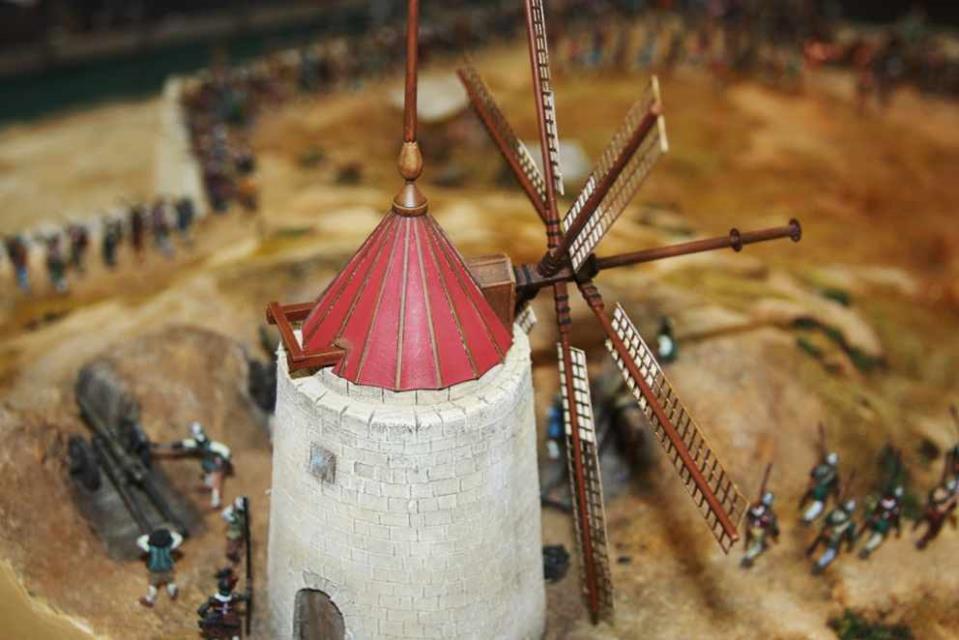
Research
This lead to an extensive research so that we could gather the facts and establish all the ingredients that we would include. From the beginning, we set the scale of this diorama to be in 1/72nd, since we knew that there were enough figures that satisfied our criteria in that scale on the market, so this rendered the task of obtaining the resources we needed, more manageable.
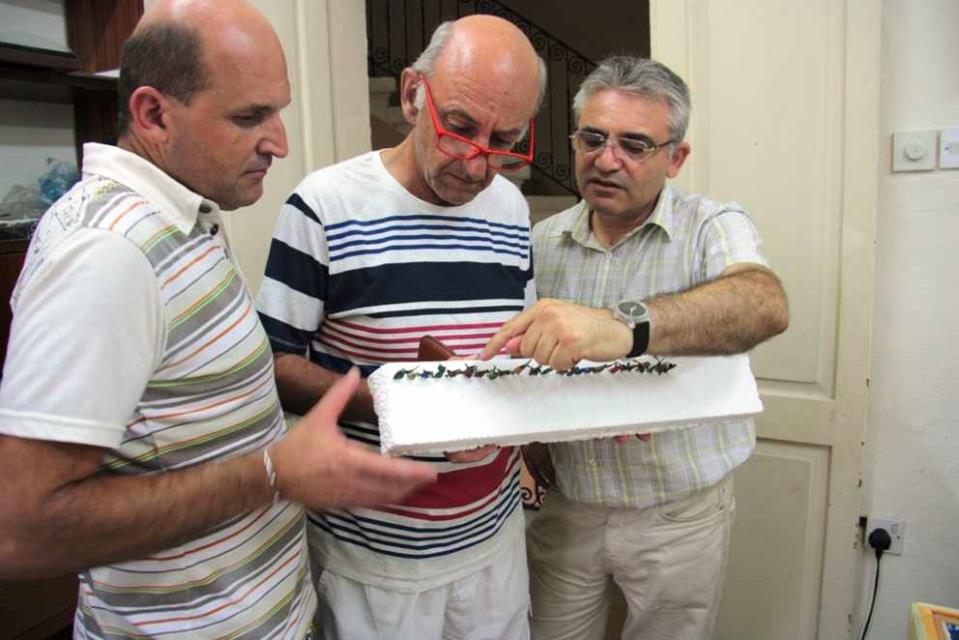
Our research proved to be more difficult than expected purely because the information that is available is either as written accounts or in the form of paintings. The latter are also few and most have an element of artistic license meaning that they could have deviated in their detail. In fact a few of them contradict each other. Furthermore, one needs to remember that the Fort at this sea facing location was still largely incomplete at the time and is nowhere near to what we see today. So we could only use current plans up to a limited degree in order to establish the perimeter of the fort. This situation lead us to study carefully what information we had in hand and to come out with a presumed shape of the fort with every effort to come as close as possible to a plausible design.
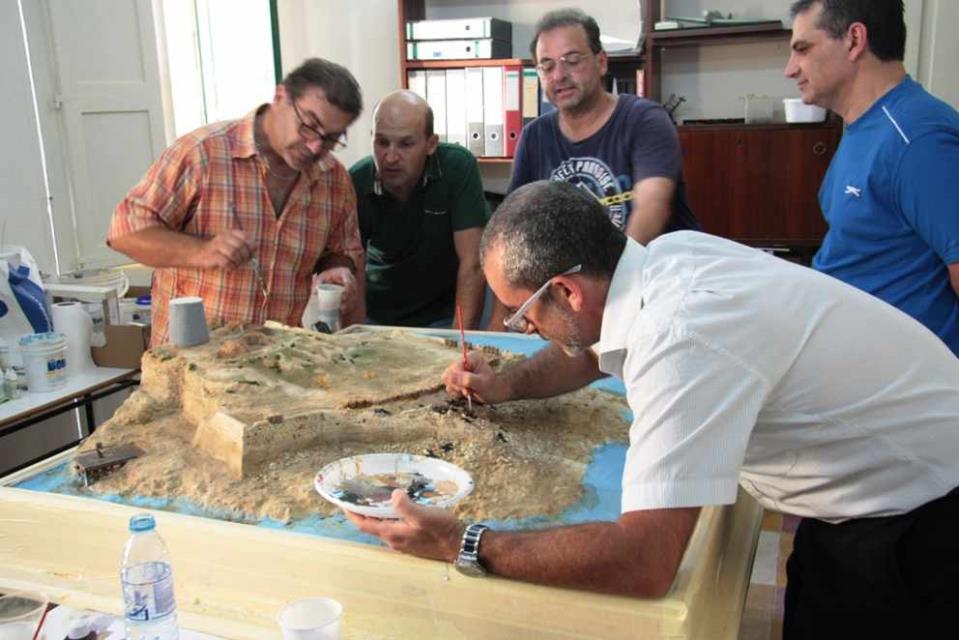
Construction
Then in February, following the Society's Annual Exhibition, we started the construction work. We chose to depict the outer part of Fort St.Michael up to a point where we could include one of the 2 windmills that were a prominent landmark of the time. This gave us enough space in roughly 4" x 3.5" frame to include an adequate portion of the Isla peninsula and an equally adequate area of sea where to install the attack by the boats. Of special mention is the palisade, which is a form of a gate that was installed by Grand Master La Vallette to stop the boats from coming in where the shore was shallow (on the left), the chain and capstan that were installed on the right-hand side facing Fort St Angelo and the cannon battery at the base of the windmill. All these are important elements that form part of the whole scene.
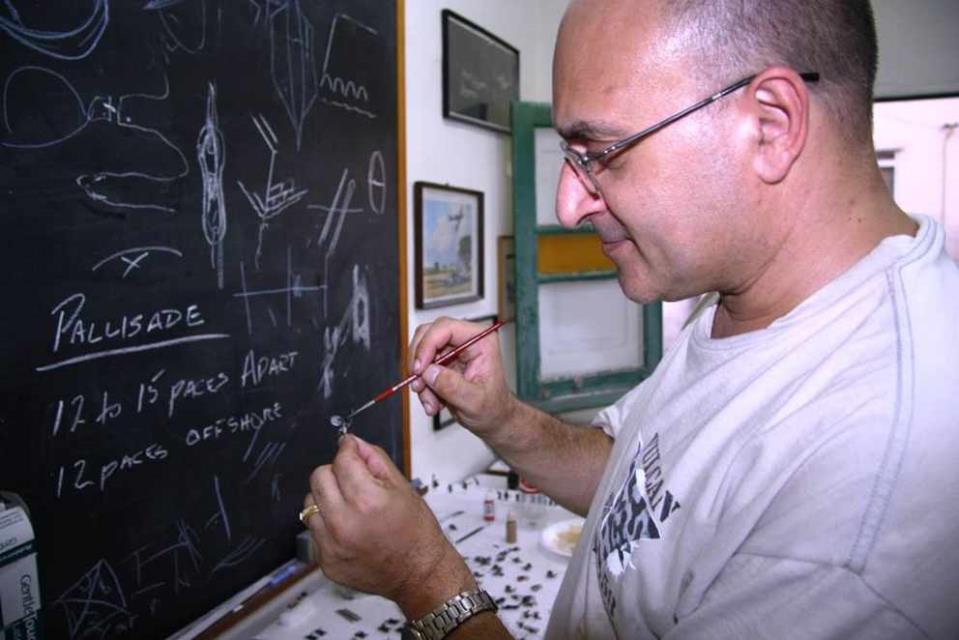
We started construction using various lengths of plastic and pieces of expanded polystyrene (jablo) to form the fort perimeter and around that continued to construct the rocky shore relief. Various coats of diluted white glue and pollyfila together with countless sheets of paper and kitchen paper towels made up the surfaces of the scene.
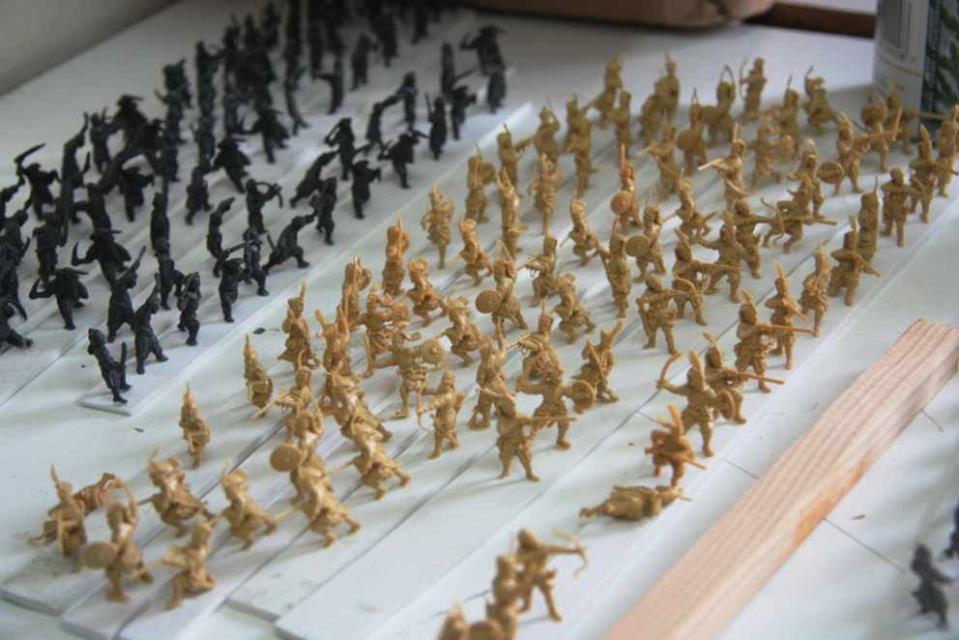
An unexpected turn of events and constant progress
Having completed most of the construction, we decided to call in the curators from Heritage Malta to get their opinion about the results so far. I must say that the curators were impressed however they noticed that our rendition of the fort perimeter in relation to the position of the windmill was not totally correct! Indeed this was a little disappointing to us but in hind sight, it was providential that we decided to call the curators in so early because with their advice we were then able to take corrective action instantly. From that stage on wards, we continued to register a steady progress in the construction and finishing of the land and waterbed. The fort walls were also detailed by adding "battle damage" to obtain a realistic effect.
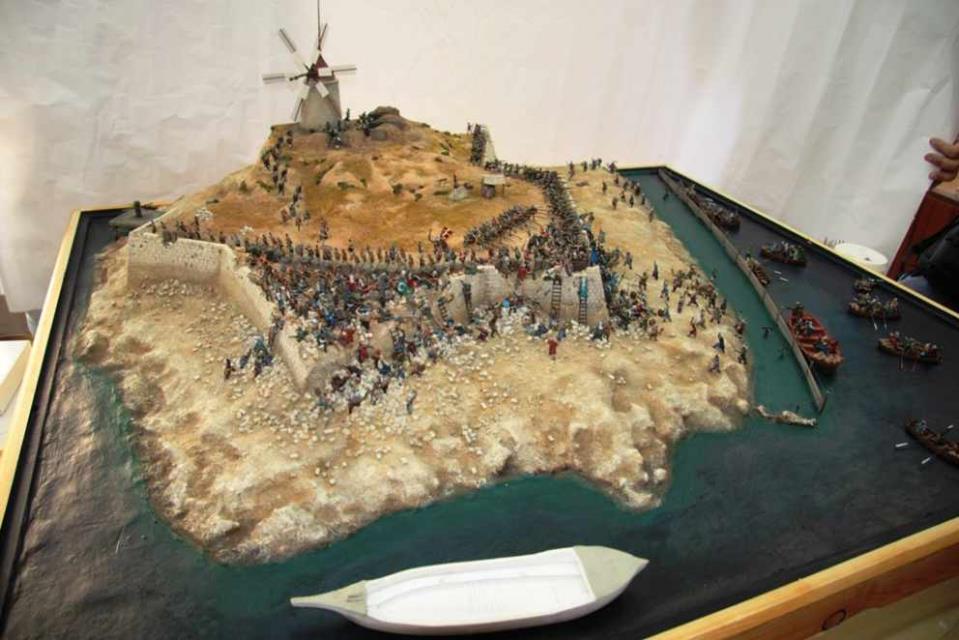
Figures and boats
We purchased the number of figures that we decided would be needed to fill this diorama with - more than 450, being Knights in their various nationalities together with the Janissary, Barbarians and other combatants from the Ottoman Empire. All of these had to be painted individually - a mammoth task to say the least. Alongside these we had the boats in 3 different sizes that needed their coats of paint and detailing as well.
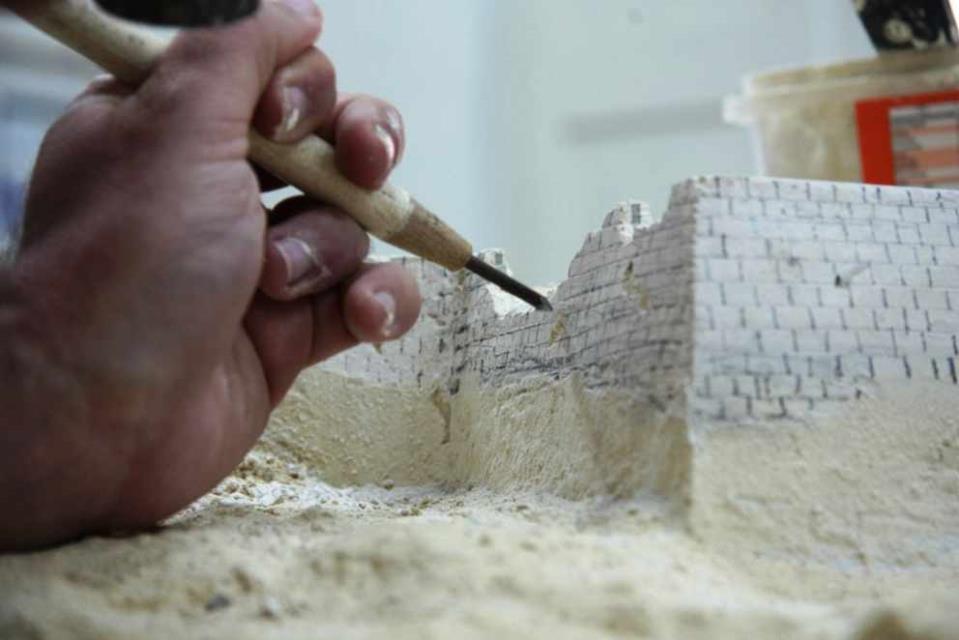
The windmill and yet another pleasant surprise
Whilst the project was progressing we took care to launch a dedicated page on Facebook to register each step as we went along. It so happened that an industrial designer from the United States, Mr Pete Hamann who was following this page, was so intrigued by our project, that he contacted us asking to be involved in any way. We took the opportunity and together devised a way to produce the windmill top and vanes using 3d Printing, something which Mr. Hamann carried out to the highest professional standards and on top of all, free of charge.
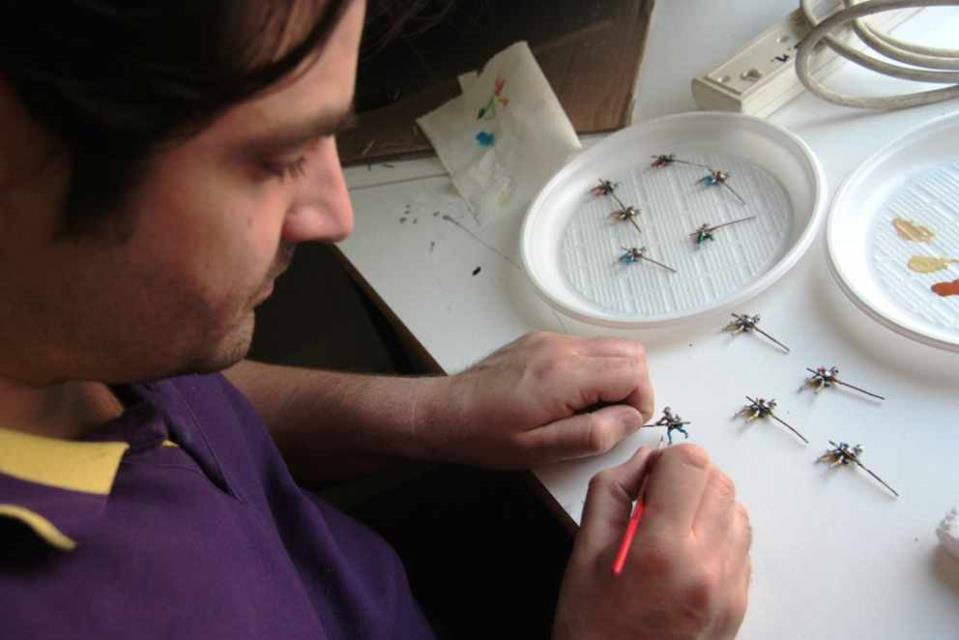
Finishing touches
With all the construction work finished, the next step was to install the plethora of figures onto the scene. The boats were also installed in their predefined spaces and then manned with the respective occupiers. Fine details such as provision bags on the boats, a respite area in the centre of the fort, gabions and earth-filled barrels that served as limited protection to the Knights together with other fine bits and pieces were also added. Finally it was the turn of creating the sea surface. The existing seabed was coated with varying shades of greens and blues to create the effect of shallow and deeper waters and on top of that a number of coats of a special gel were applied to produce the moving sea surface.
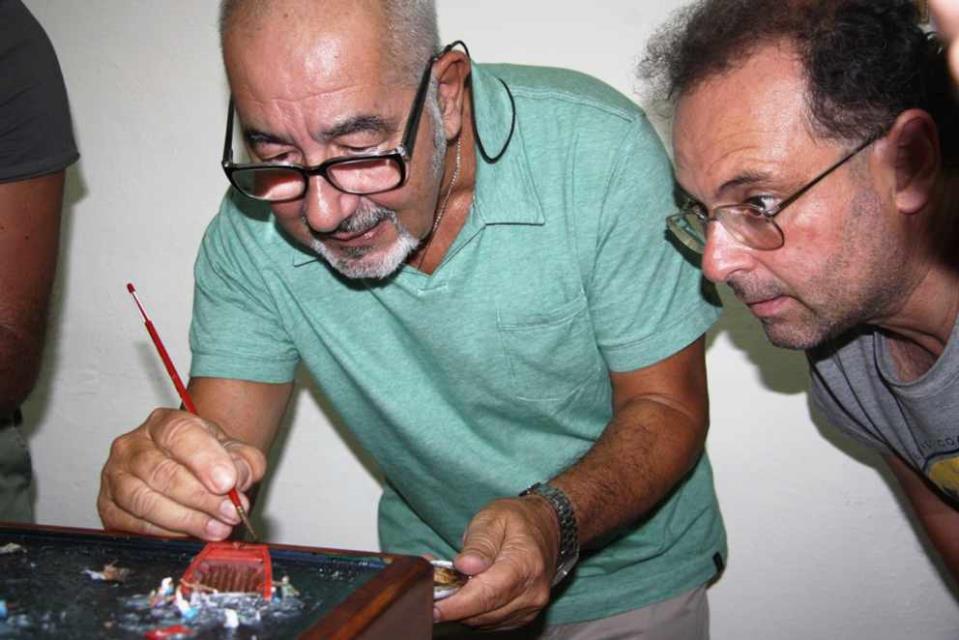
Conclusion
We are proud that as a Society, we have come together and worked hard on this project which is now complete. Of greater satisfaction to us is the fact that the diorama will be participating in Heritage Malta's Exhibition to commemorate the 450th Anniversary of the Great Siege which will be held between the 5th September and December 2015 at the President's Palace in Valletta.